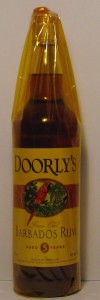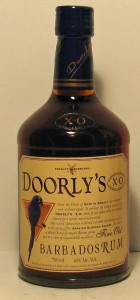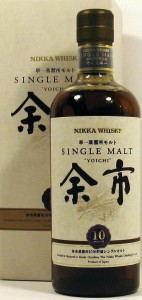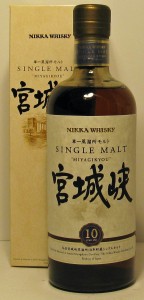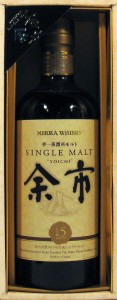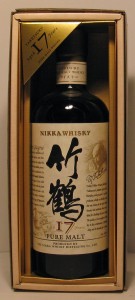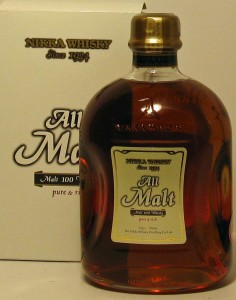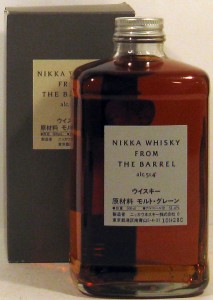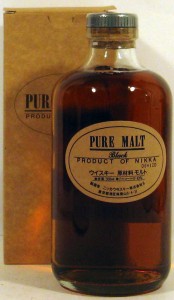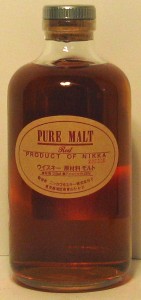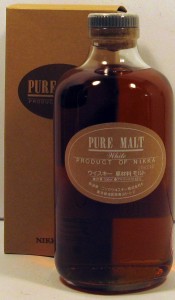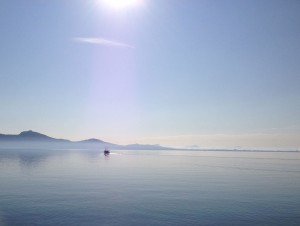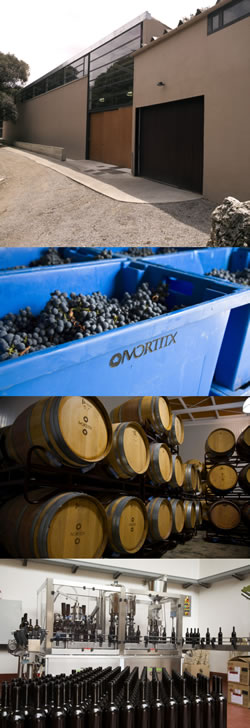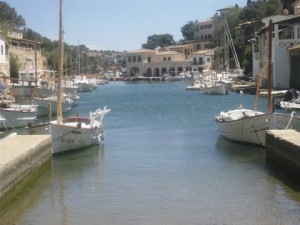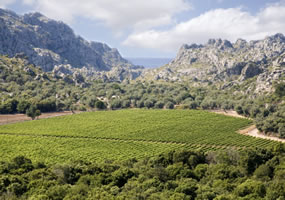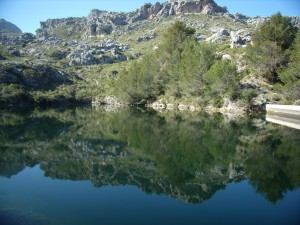FOOD and WINE PAIRING-WILD GAME
FOOD and WINE PAIRING—WILD GAME (continuation from blog “ Food and Wine pairing” dated 9th January 2010)
INTRODUCTION:—–this blog and the many more following will examine the pleasurable and often complex relationship between good food and wine, with the ultimate aim to assist our many discerning customers evolve the convivial bonding of good food and wine.
FOOD BEING FEATURED:—–WILD GAME DISHES, including PHEASANT, PARTRIDGE, WILD MALLARD, PIGEON, RABBIT, HARE, VENISON and WILD BOAR.
CHALLENGES:—–Wild game varies in taste quite a bit, one has the light and flavoursome meats of partridge and pheasant, middle of the range in taste would be rabbit, pigeon and mallard and the strongest tasting meats would be venison, wild boar and especially hare. The challenge is selecting wines to match all three different groups
RECOMMENDATIONS:—–Big or robust red wines of quality will go well with all three categories of feathered or furred game mentioned above and classic matches would be a full bodied Crozes Hermitage from the Northern Rhone or a well matured Barossa Shiraz from Australia.
If we focus on the lighter meats like pheasant and partridge then there a number of white or rose wines that would hold their own if the meat is roasted or served with light sauces. Try a full flavoured Chablis Premier Cru such as from the estate of Tremblay or a Gisborne Viognier from New Zealand. For a rose go for the highly recommended Whispering Angel. A light bodied red wine suited to this particular category would be a juicy red Chinon from the Loire Valley.
Rabbit, pigeon and mallard all love medium to full bodied red ranging from Pinot Noirs like those from Oregan and Volnay and Pommard from Burgundy, to a fruity Hawkes Bay Merlot from the Southern Hemisphere’s New Zealand. These same four red wines are well suited to Rabbit Stew or Pie and also Cold Game Pie.
Venison, Wild Boar and Hare do prefer complex and more full bodied red wines of character and style. Two big boys that immediately come to mind are of course Chateaunuef-du-Pape from the lower Rhone region of France and a quality red from Ribera del Duero from the north east of Spain. If you are brave and considering the famed game dish of Jugged Hare, then the intense and fruity wines from Gigondas and Vacqueyras will the perfect match.
MAIN DIRECTORY:—–click on The Marriage of Food and Wine to access our quick search facility to locate hundreds of other food/wine/food pairing options, including hors-d’oeuvres, starters, soups, main courses and desserts. Also Great Friends-Cheese and Wine for cheese and wine pairing.
NEXT ARTICLE:—–Shellfish dishes, including prawns, langostine, clams, mussels, scallops, crab and lobster
HAPPY WILD GAME AND WINE PAIRING DAYS
Graham D
 Comments Off on FOOD and WINE PAIRING-WILD GAME
Comments Off on FOOD and WINE PAIRING-WILD GAME 
